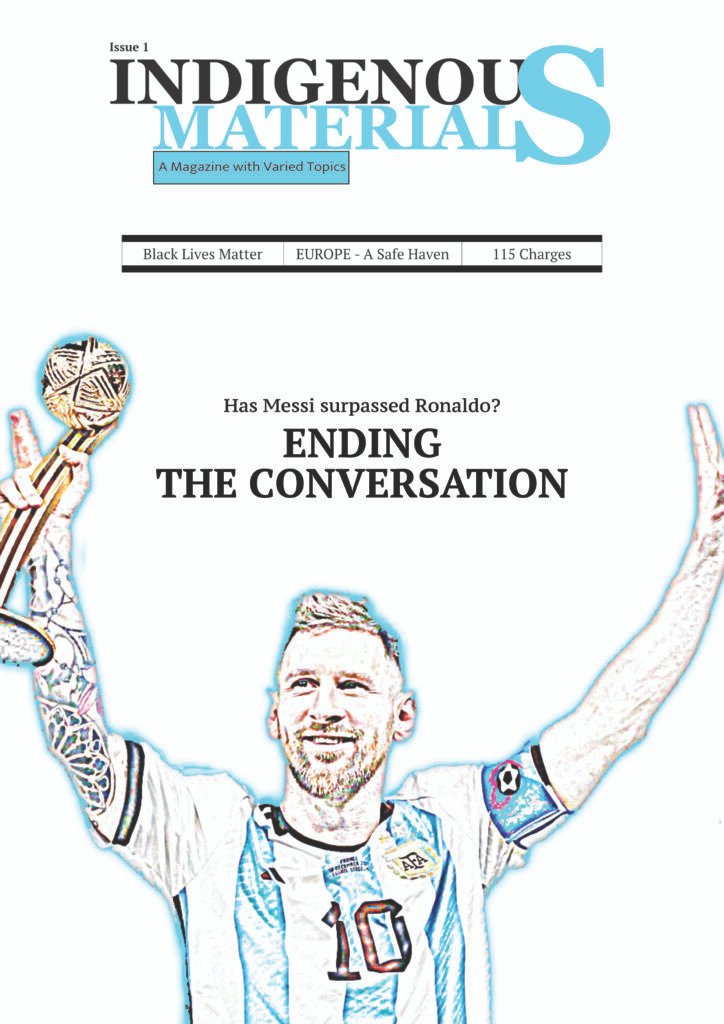Identity crisis in the TikTok era
The phrase “clout chasing” typically refers to individuals seeking fame or influence, often at any cost. It’s not a term traditionally associated with corporations, yet in today’s volatile digital landscape, even tech giants are not immune to its pull.
TikTok’s meteoric rise has sent shockwaves through the social media world. Its rapid user growth and wide generational appeal have forced competitors to re-evaluate their platforms in an era defined by digital fluidity, where users migrate freely based on performance, features, and cultural relevance. TikTok has reached the pinnacle of social media influence, largely through organic, word-of-mouth marketing and a format that aligns perfectly with contemporary content consumption habits.
Facebook, a pioneer of social connectivity, took a traditionalist approach to platform development. This ethos carried over when it acquired Instagram, a platform that originally thrived on simplicity, visual storytelling, and a tightly curated aesthetic. Yet, as the digital climate evolved, driven by Gen Z’s appetite for immediacy and authenticity, static image content began to lose traction.
In response, Instagram introduced Reels, short-form video content designed to rival TikTok’s dominance. While intended as a strategic pivot, it also marked the beginning of an identity crisis. For many users, Instagram’s video push felt disjointed, straying from the platform’s original DNA.
TikTok’s algorithm is considered one of the most sophisticated in the industry, offering unrivalled content personalisation. According to a 2023 Sensor Tower report, users spend an average of 95 minutes per day on TikTok, nearly double the time spent on Instagram. This is largely attributed to TikTok’s ability to surface niche, engaging content almost immediately, reducing friction between the user and entertainment.
Instagram’s Reels, by contrast, struggle to replicate the same level of stickiness. A Business Insider report in late 2022 revealed that Reels engagement was down 13.6% from the previous quarter, with many videos lacking originality and appearing recycled from TikTok.
“The issue isn’t just format, it’s culture,” says Naomi Gleit, Head of Product at Meta. “TikTok has built a creator-first, community-led environment. Instagram was never built for that kind of spontaneity. We’re retrofitting video into a space originally designed for curated stills.”
The short-form video arms race has also led to creator fatigue. “We’re being told to post Reels, stories, carousels, and go live, it’s exhausting,” says London-based content creator Amber Vee. “Instagram doesn’t feel like a creative space anymore; it feels like a performance space.”
This performance-driven atmosphere has driven smaller creators away. In a 2023 Hootsuite survey, 43% of micro-influencers said they preferred TikTok for organic reach and engagement, while only 22% cited Instagram as their primary platform.
Additionally, monetisation tools for Reels remain underdeveloped. TikTok’s Creator Fund, though imperfect, at least offers direct financial incentives. Instagram’s reliance on branded partnerships and shopping tags requires creators to do more legwork for less consistent returns.
Instagram’s challenge is not technological, it’s philosophical. In chasing TikTok’s clout, it risks becoming a derivative platform. As Twitter morphs into X, YouTube courts Shorts, and Snapchat banks on AR filters, the social media space is no longer about scale alone; it’s about specificity.
Instagram still holds immense cultural capital. Its user base remains vast, and its influence in sectors like fashion, travel, and lifestyle is undeniable. But for it to thrive, it must re-centre its purpose.
Reconnecting with its roots, fostering creativity through imagery, maintaining aesthetic elegance, and supporting creators without coercing them into trends could mark a path forward. Otherwise, Instagram may continue to lose not just users, but its sense of self.




